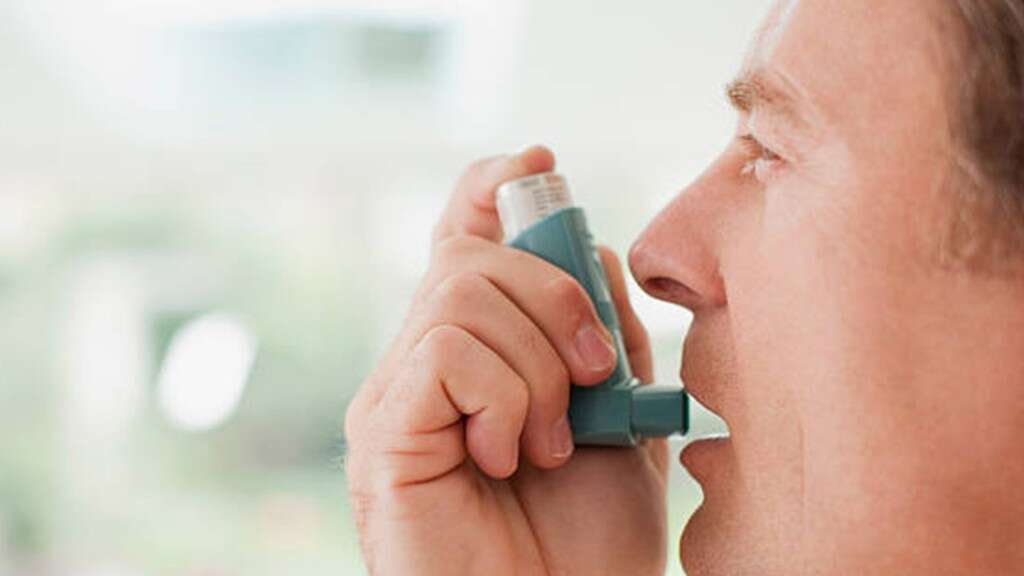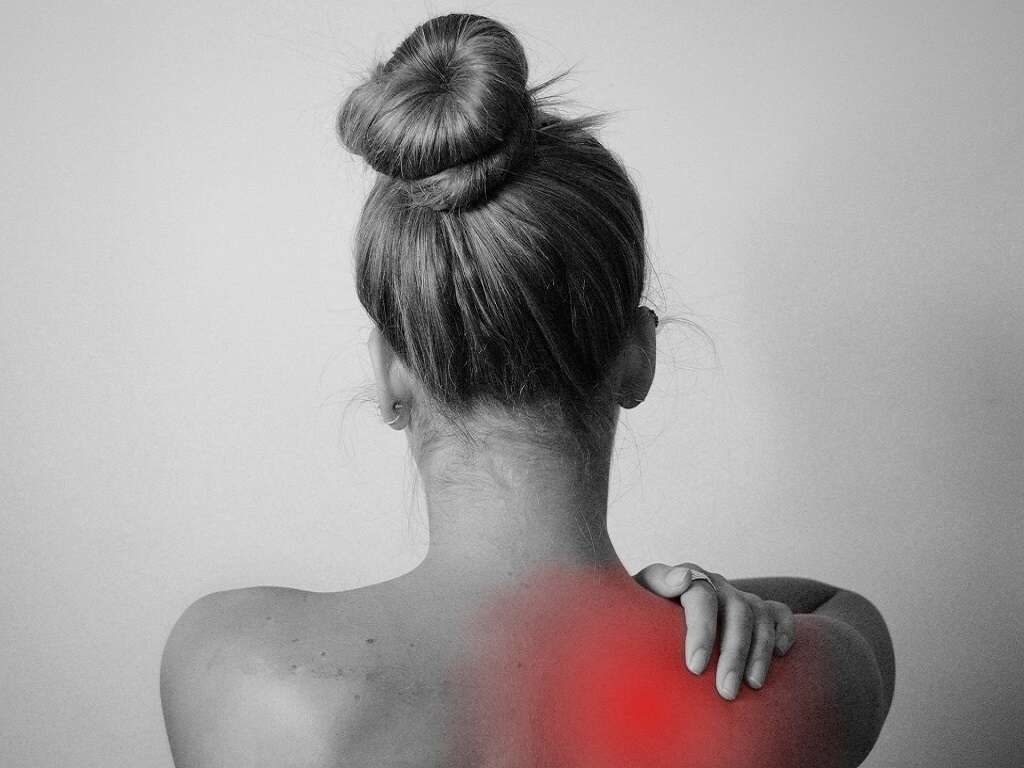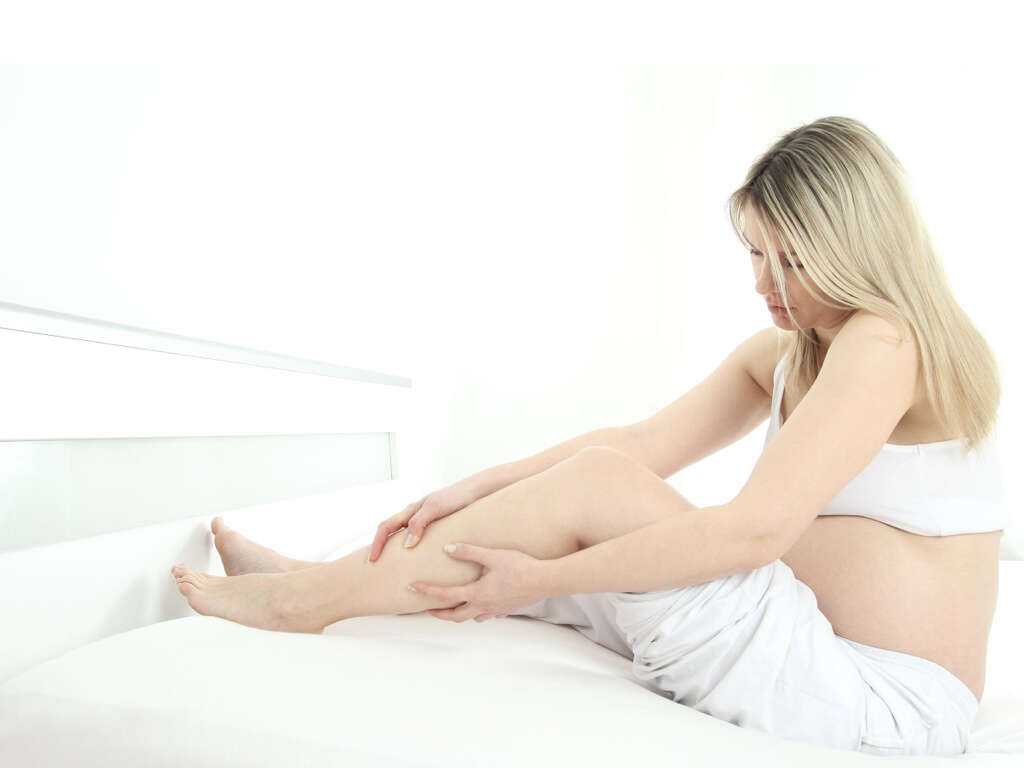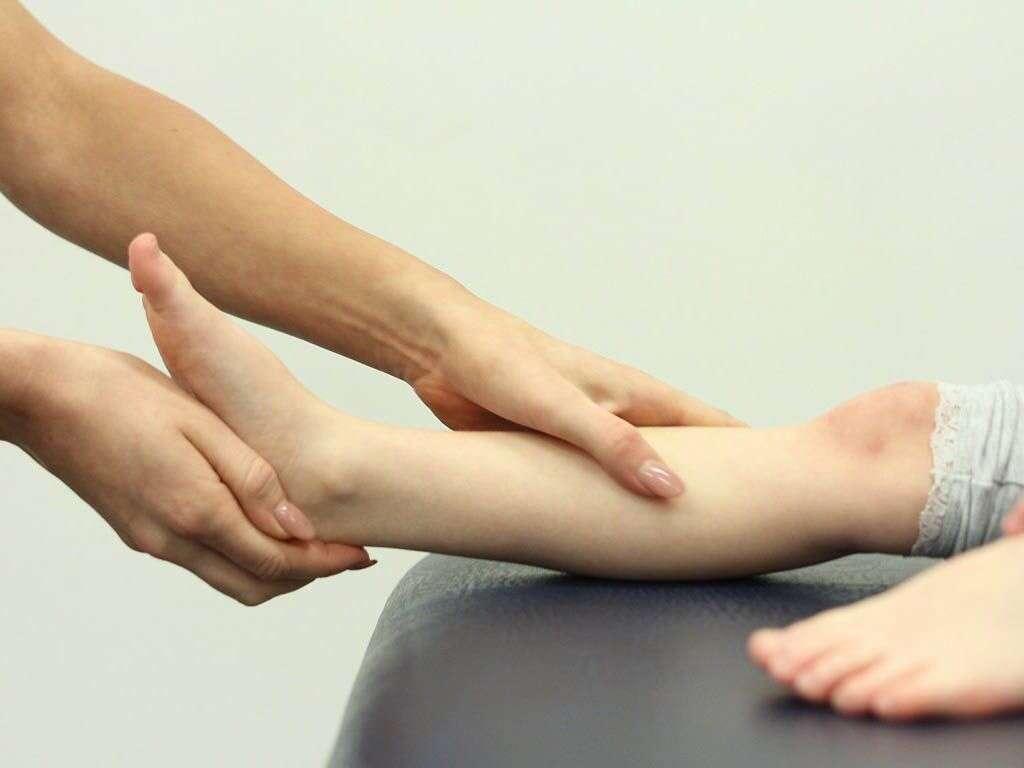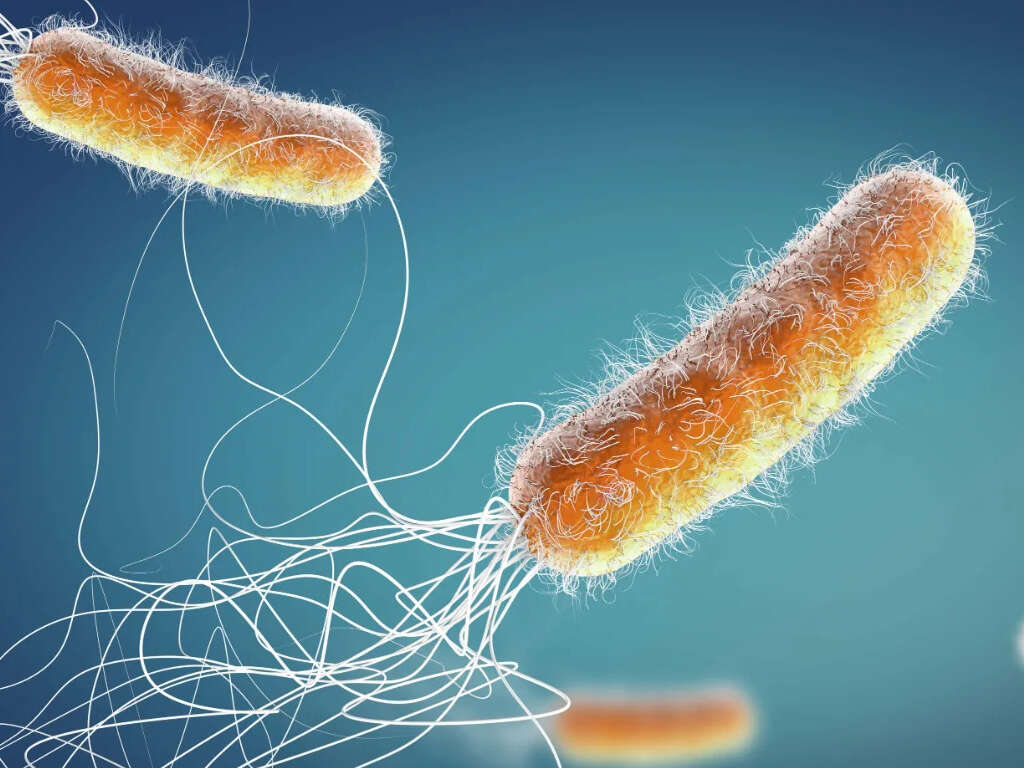10 Myositis Symptoms
Myositis is something of a blanket term that’s used to describe a number of conditions that are marked by the progressive inflammation of the muscles. Because there are so many different forms of myositis, the symptoms can be broad and vary quite a lot between different types of people. However, just because there are different types of myositis, it doesn’t mean that the condition is common. The disease is quite rare, and it can be difficult to diagnose. On top of this, the cause of myositis isn’t always easy to identify and a lot of people never understand why they have developed the condition at all.
The symptoms of myositis can emerge slowly over a long period of time or they can emerge quite rapidly. Common symptoms include pain and discomfort in the muscles, fatigue, and difficulty eating or swallowing. There are many more symptoms that can appear depending on the severity of the condition and how long the patient has suffered from it. In the United States, there are between 1,600 and 3,200 new cases of myositis diagnosed on a yearly basis. Nearly 75,000 people currently live with the condition, and of these, there is no age discrimination: that is, both adults, children, and the elderly are all able to develop the problem. In general, women are more likely to develop myositis than men are.
There are five main different types of myositis, which are known as dermatomyositis, inclusion-body myositis, juvenile myositis, polymyositis, and toxic myositis. Each condition is different, but many share similar symptoms. If you think that you’re developing myositis, then it could help to read the following list of symptoms. This can help you determine whether or not you need to seek medical help. If you decide to do this, the doctor can help you further identify what type of myositis you’re struggling with.

Symptom #1: Scaly or Dry Skin
Scaly, dry, and rough skin is one of the most common symptoms of dermatomyositis, also known as DM. This particular form of the illness is the easiest to diagnose because the symptoms are often unique.
The scaly or dry skin is not entirely unique to the condition but is certainly enough for someone to decide that they need to seek medical treatment. There is no limit to the areas that can develop scaly or dry skin.

Symptom #2: Rashes
The reason that DM is so easy to diagnose is because it causes patients to develop a very unique form of rash. These rashes are a purplish-red color and they have a unique shape, developing in the form of a heliotrope flower.
The rash can spread all over the body, but is often most prominent on the eyelids, the face, the chest, the neck, and the back. The rash is also known to appear over the joints, such as by the knees and the toes.

Symptom #3: Difficulty Walking
Inclusion-body myositis (IBM) is one of the forms of myositis, and it is the one that is more likely to occur in men than it is in women. Most people develop the problem as they grow into old age, and the condition usually starts with muscle weakness and soreness that is typical in patients suffering from any type of myositis.
One of the symptoms that is more likely to occur in patients suffering from IBM is difficulty walking. Many people struggling with IBM have a hard time remaining physically active after developing the condition.

Symptom #4: Weakened Hand Grip
IBM is known for the way that it initially affects the muscles in the wrists and the hands. For this reason, one of the symptoms that patients struggling with this condition are known to experience is a weakened grip in their hands.
It can become difficult for them to maintain a normal grasp on things and they can begin to struggle with writing or cooking, for example.
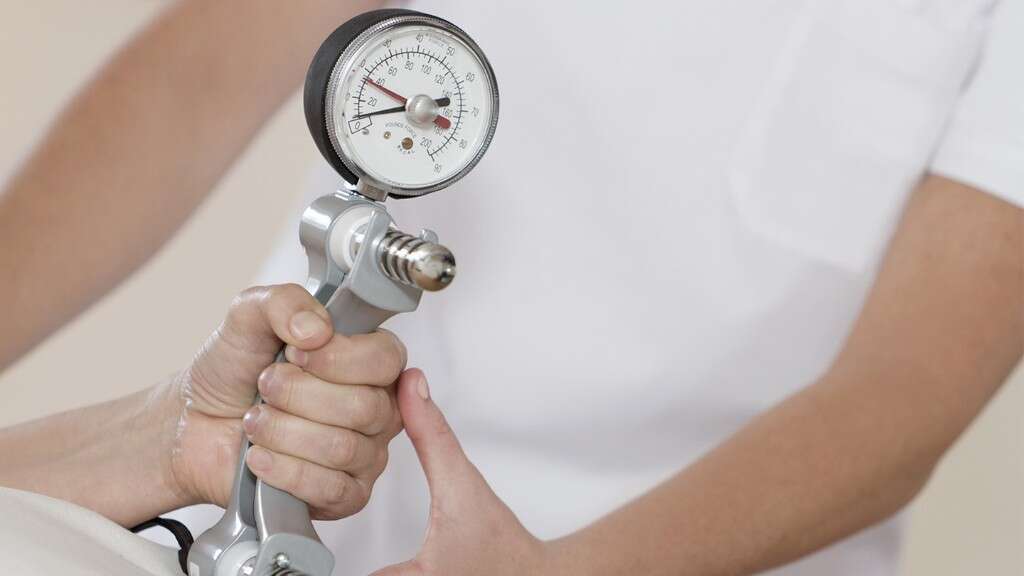
Symptom #5: Moodiness
Juvenile myositis is a condition that’s known to affect youth—people under the age of 18. There are about 3,000 patients struggling with juvenile myositis in the United States, and girls are more likely to develop it than boys.
While all patients struggling with myositis may experience some changes to their mood, patients with juvenile myositis are often more likely to experience changes in mood than older patients.

Symptom #6: Stomach Aches
Stomach aches are more likely to affect children struggling with myositis more than older patients.
Patients with juvenile myositis are likely to experience nausea, cramping, or other unpleasantness that targets the stomach. This often occurs in conjunction with other symptoms such as fatigue and difficulty swallowing.

Symptom #7: Muscle Weakness
Muscle weakness is a symptom that’s quite common among all forms of myositis, and can be quite debilitating as the condition gets worse.
Muscle weakness is a bit different than standard fatigue, because it does not affect the central nervous system. Instead, a person will experience fatigue in various muscle groups regardless of whether or not they are using them intensely. This can make it hard for them to participate in their daily activities.

Symptom #8: Falling and Tripping
Another condition that’s quite common among the various forms of myositis is an increased risk of tripping and falling. This is particularly true of IBM, a type of myositis that is known to affect the thighs.
As people’s muscles become inflamed, they become more and more difficult to use. If the muscles in the legs become inflamed then, naturally, it will become more difficult for a person to participate in everyday movements such as walking and running. This makes them more likely to trip and fall and this can be one of the more dangerous problems associated with myositis.

Symptom #9: Difficulty Swallowing
The esophagus is a long tube of muscle that connects the stomach to the mouth. This muscle undergoes a series of contractions that allows it to bring food down into the stomach for further digestion.
Patients who are struggling with myositis may find that they have a difficult time swallowing their food because their muscles are not working as effectively. This can make it difficult or uncomfortable for them to swallow large amounts of food.

Symptom #10: Difficulty Breathing
Another thing that can be a problem for patients struggling with myositis is difficulty breathing.
As the smooth muscle tissue of the lungs is adversely affected by the condition, it can become more difficult for patients to draw in or exhale a full breath of air. This can make it hard for them to provide their body with the oxygen it needs to function properly.
